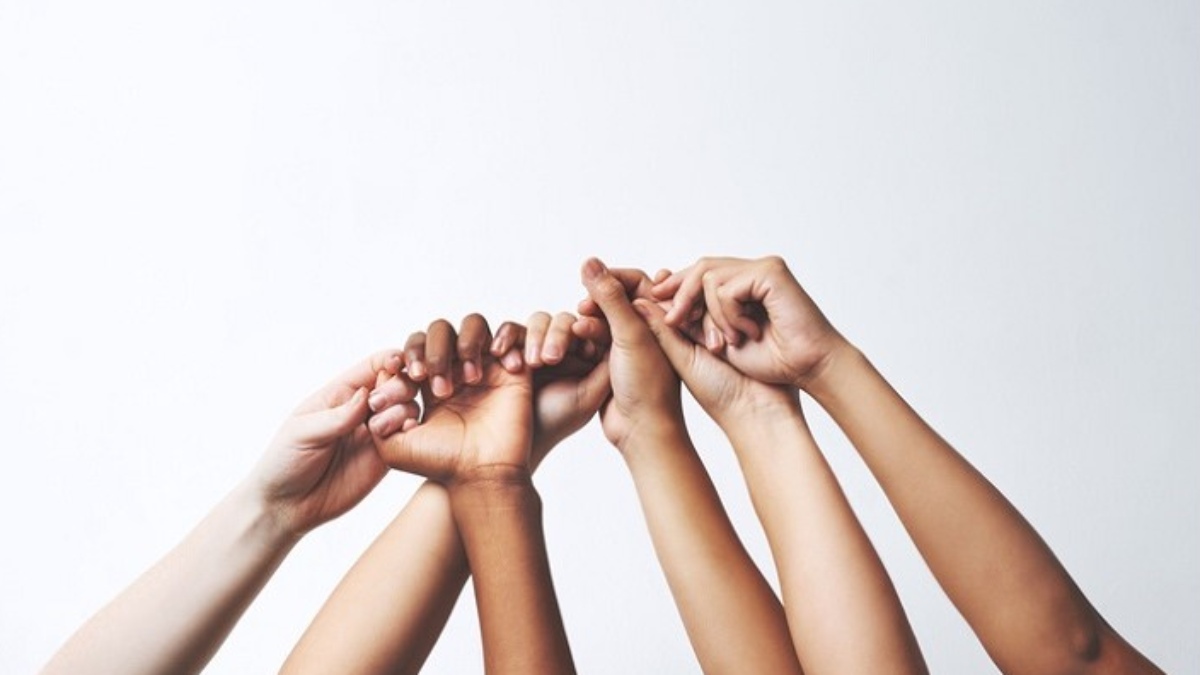


All contemporary societies emerged from agrarian roots. Prior to the Industrial Revolution, the political influence directly correlated with male endurance and physical strength. Men’s roles encompassed warfare, hunting, construction, and agriculture precisely due to their physical capabilities. Ages ago, women’s societal roles were not solely dictated by male biases, rather they were influenced by societal needs. Nurturing children could not occur in day-care centers, the absence of public schools, social safety nets, designated family as an institution that provided primary support system. Women’s presence at home for domestic and childbearing responsibilities was indeed irreplaceable.
So what really happened? Why so much discussion on empowering women? The starting point is acknowledging that women and girls constitute half of the world’s population and potential. Gender equality, apart from being a fundamental human right, is vital for achieving peaceful societies, full human potential, and sustainable development. However, multiple disruptions prevail when it comes to ensuring this true equality. Gender-based violence, lack of quality education, absence of easy access to healthcare access, and obviously lack of economic resources are paramount. So the question is, whether advancing one half of humanity disadvantage the other? Achieving gender parity accelerates economic growth and environmental action. Does inclusion of women in decision-making makes the world a better place or worse? With women becoming equal stakeholders, would it hamper the overall wellbeing of all, or actually contribute to all the institutions that exist for human advancement?
Empowerment for sure is a complex and multifaceted phenomenon, spanning various dimensions and layers. It surpasses a binary classification and instead thrives through the synergy of diverse factors: physical, socioeconomic, political, mental, psychological, and attitudinal, among others. The progression of women’s empowerment can be characterized as an intricate journey where women gradually assume greater control over an array of resources – material, human, and intellectual. These encompass knowledge, information, ideas, financial assets, and the ability to influence decisions across familial, communal, societal, and national spheres.
Also it is important to understand that the transition of women into positions of power does not imply an intention to exploit men. Power, in true sense, encompasses the capacity to contribute across all societal tiers, transcending the confines of the home. The concept of empowerment also is about positive self-image, self-esteem, rights, responsibilities, capabilities, and potential. In essence, true empowerment enables women to nurture their talents, faculties, abilities, and potentialities, and provides them the strength to confront injustices, exploitation, and violence.
Some very crude but real life situations are unbearable, like a preference for male child has been a cause of disfavouring a girl child. Undoubtedly, girls still encounter discrimination in areas like nutrition, healthcare, and education. Hence, a gender-sensitive approach to health problems is also crucial due to the specific health issues that women encounter. It is also unfortunate that in countries like India where health awareness among women is low, their health concerns often go unnoticed. Access to comprehensive medical and healthcare services, is imperative for women’s overall well-being and their active participation in the country’s development.
One of the important measure of women’s health is their life expectancy at birth. Historical data on life expectancy for both men and women indicates that women had a lower life expectancy compared to men until 1971-81. Gradually, women have gained a slight advantage. Over time, women’s life expectancy has risen from 31.7 years in 1941-51 to 68.89 years in 2021, largely due to multifaceted health initiatives undertaken by health organizations. This, not only represents a significant achievement, but also is attributed to the substantial decline in mortality rates that has contributed to extended life expectancy. However, India still has a considerable journey ahead to reach the health standards of developed nations and even some key developing countries.
Again, there are multiple occupational health hazards which women are also exposed to. These encompass a wide array of mental and physical challenges. Many of these risks are concentrated in the informal sector, where tasks like rice planting, weaving, coir and jute work, carpet making, construction, and cooking often lead to severe back pain. Respiratory problems emerge from exposure to kitchen smoke, burning firewood, and activities like spinning and carpet making. Rheumatism, respiratory diseases due to agricultural labour, and infections resulting from water exposure and insect bites are additional health concerns. While we have made significant headway in providing essential care such as routine ante-natal care, postnatal care, infant care, immunization, the health care efforts that address the overall health of women needs to be prioritized.
One big change we need to bring about, attitudinally, is that all this is not about men granting equal footing to women; it is simply about society recognizing the essential contributions of both genders.
Interestingly, the post-independence era has recognized women as a distinct target group and directed governmental efforts towards integrating them into the national development process. While the last so many decades have witnessed transformative changes across political, economic, and social spheres, few examples compel us to contemplate more on how we need to further prioritize. One such example is the women’s representation in the parliament. Practically speaking, the inaugural Lok Sabha included merely 22 women, and today we have 78 women members in the current Lok Sabha. Meaning, this number has not multiplied as it should have. Political parties of the day still show reluctance to nominate women candidates unless they are deemed potential winners. In a nation where women make up half the population, India has to gear up and encourage equal representation in all areas of development.